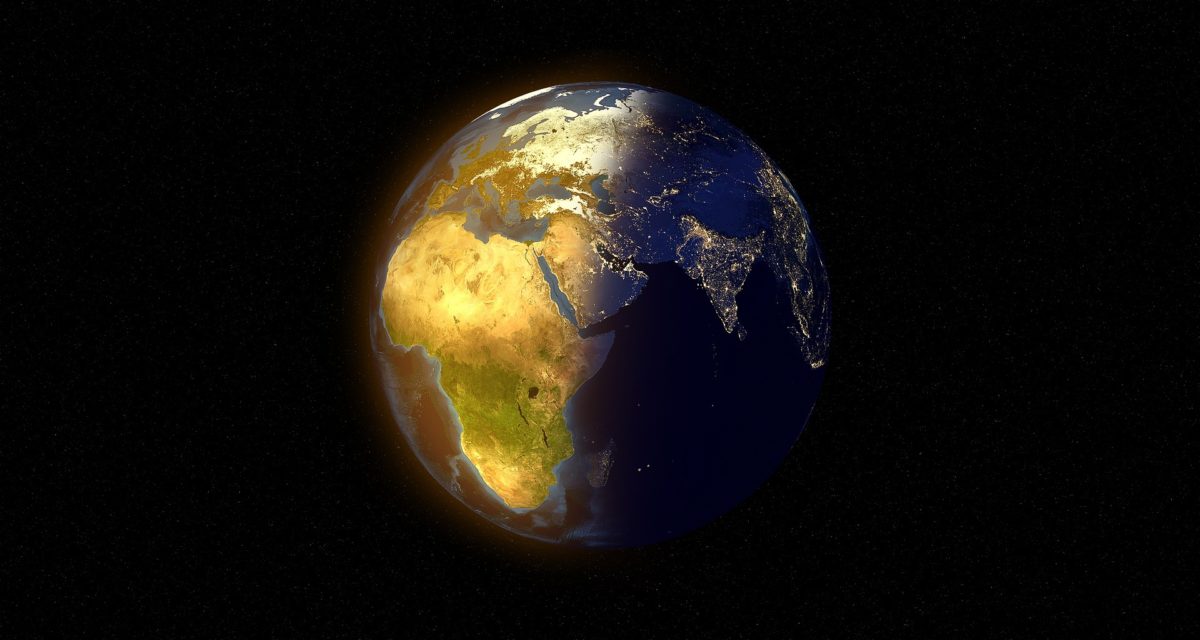Solar will become the world’s biggest energy resource in the next decade according to the International Energy Agency’s (IEA) World Energy Outlook report.
Despite the optimistic-sounding headline finding of today’s study, however, the IEA says the volume of anticipated renewable generation capacity, rather than displacing fossil fuel power, will do little more than keep up with rising demand for electricity.
The volume of electricity generation rose 7% – 450 TWh last year, compared to 2017. That explains why global coal capacity will likely remain flat at around 2.2 TW from next year to 2040. Gas generation capacity is expected to increase from nearly 1.9 TW to 2.65 TW during that time and 3,142 GW of solar will overtake the capacity of wind next year (715 GW), hydro in 2027 (1,522 GW), coal in 2032 (2,120 GW) and gas in 2035 (2,476 GW) to become the world’s biggest energy supplier.
The IEA says the world will see power generation capacity additions of around 8.5 TW up to 2040, of which around two-thirds will be renewables. In China and the EU, renewables will account for 80% of new capacity but clean energy will add up to less than half of new installations worldwide.
Solar is the most popular source of new renewables capacity in most parts of the world, says the IEA. In China, for example, PV will comprise 44% of all renewable capacity additions until 2040. In Japan, that figure will be 53%, in India 46%. In the EU, solar will supply 29% of new renewables capacity up to 2040, to trail wind’s 39%. In central and South America, solar is on par with wind at 18%, and behind hydro, which will supply 26%.
The IEA said $390 billion was invested in renewables last year, a slight fall from 2017. Under the agency’s “stated policies scenario”, the figure is expected to rise to an average $440 billion per year through 2030. The agency says $650 billion per year will be required to meet energy-related sustainable development goals.
Solar investment from 2017 t0 2018 fell 4% to $135 billion largely as a result of China’s decision to rein in solar subsidies. Looking further out, the IEA claims that investments in solar PV will fall to $116 billion annually in the SPS. Should the world follow what would be needed for an SDS that figure would rise to $169 to $189 billion in 2030 to 2040, respectively. This presumed decrease in investments makes solar the only renewable energy resource which’s market volume in terms of investment could decrease in an SPS. The drop would be -7%, while wind would increase by 37% for comparison. In an SDS, solar PV investments would grow by 41% while wind investments would be up 151%.
Yet still, solar PV is poised for robust growth. Sitting at 592 TWh in 2018, the agency believes that with the SPS, that number will hit 2562 TWh in 2030, and 4705 in 2040, or fivefold and eightfold, respectively. In the SDS solar with grow to 3513 TWh by 2030, and 7208 by 2040.
This content is protected by copyright and may not be reused. If you want to cooperate with us and would like to reuse some of our content, please contact: editors@pv-magazine.com.




For this IEA projection to be anywhere close to reality, the rate of growth of PV manufacturing capacity and the rate of growth of installed capacity will have to slow down significantly. So much so, it is unrealistic. On that basis, one cannot give much credence to the IEA’s projection that ” global coal capacity will likely remain flat at around 2.2 TW from next year to 2040″.